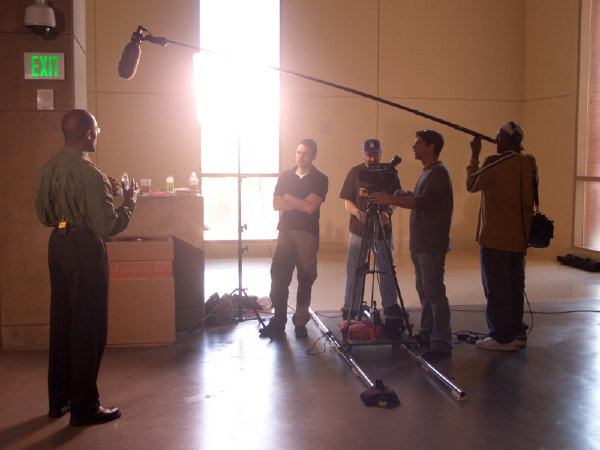Yes, you heard me right. Holographic Heat Engines. I was thinking recently about black holes in universes with a cosmological constant and their thermodynamics. I had an idea, it led to another, then another, then some calculations, and then a couple of days of writing, calculating, and thinking… then a day to cool off and think about other things. Then I came back to it, decided it was still exciting as an idea and so tidied it all up as a paper, made some diagrams, tidied some more, and voila! A paper submitted to the arxiv.
I’m sort of pleased with all of it since it allowed me to combine a subject I think is really fun (although often so bleakly dull when presented at undergraduate level) – heat engines – with contemporary research ideas in quantum gravity and high energy physics. So I get to draw some of the cycles in the p-V plane (graph of pressure vs volume) representing the inner workings of engines of particular designs (just like you might have seen long ago in a physics class yourself) and compute their efficiency for doing mechanical work in exchange for some heat you supply. It is fundamental that you can’t  do that with 100% efficiency otherwise you’d violate the second law of thermodynamics – that’s why all engines have to have some exhaust in the form of heat, giving an efficiency represented by a quantity [tex]\eta[/tex] that is less than one, where one is 100% efficient. The diagram on the left illustrates the key pieces all engines must have, no matter what working substance you’re using. The details of the design of the engine are what kind of cycle you taking it through and what the properties (“equation of state”) your working substance has. In the case of a car, for example, the working substance is cleverly mixed up with the source of heat – the air/gasoline mix forms a “working substance” that gets expanded and compressed in various ways (in the green bit of the diagram), but the fact that it also burns releasing heat means it is also the source of the heat that comes into the engine (the flow from the red bit) to be (in part) turned to work, and the remainder flowing out to the blue (exhaust). Very clever.
do that with 100% efficiency otherwise you’d violate the second law of thermodynamics – that’s why all engines have to have some exhaust in the form of heat, giving an efficiency represented by a quantity [tex]\eta[/tex] that is less than one, where one is 100% efficient. The diagram on the left illustrates the key pieces all engines must have, no matter what working substance you’re using. The details of the design of the engine are what kind of cycle you taking it through and what the properties (“equation of state”) your working substance has. In the case of a car, for example, the working substance is cleverly mixed up with the source of heat – the air/gasoline mix forms a “working substance” that gets expanded and compressed in various ways (in the green bit of the diagram), but the fact that it also burns releasing heat means it is also the source of the heat that comes into the engine (the flow from the red bit) to be (in part) turned to work, and the remainder flowing out to the blue (exhaust). Very clever.
The cool thing here is that I’m using black holes as the working substance for […] Click to continue reading this post →
 Don’t forget, today live on Science Friday we (that’s SciFri presenter Ira Flatow, producer Christie Taylor, Astrophysicist Priyamvada Natarajan, and myself) will be talking about Hawking’s “A Brief History of Time” once more, and also discussing some of the physics discoveries that have happened since he wrote that book. We’ll be taking (I think) caller’s questions too! Also we’ve made recommendations for further reading to learn more about the topics discussed in Hawking’s book.
Don’t forget, today live on Science Friday we (that’s SciFri presenter Ira Flatow, producer Christie Taylor, Astrophysicist Priyamvada Natarajan, and myself) will be talking about Hawking’s “A Brief History of Time” once more, and also discussing some of the physics discoveries that have happened since he wrote that book. We’ll be taking (I think) caller’s questions too! Also we’ve made recommendations for further reading to learn more about the topics discussed in Hawking’s book. 










 You can read a bit about the work of my colleague
You can read a bit about the work of my colleague 
















